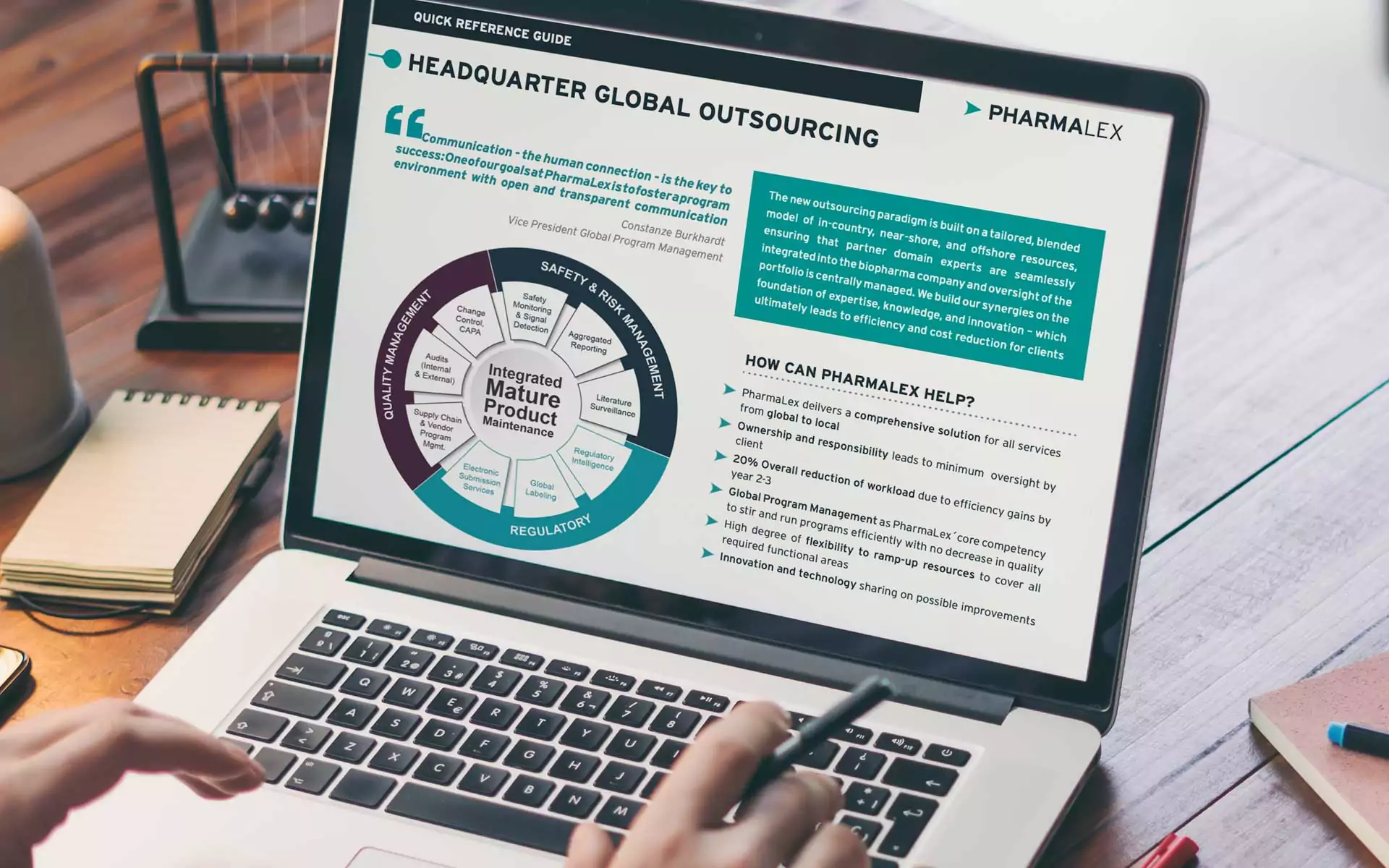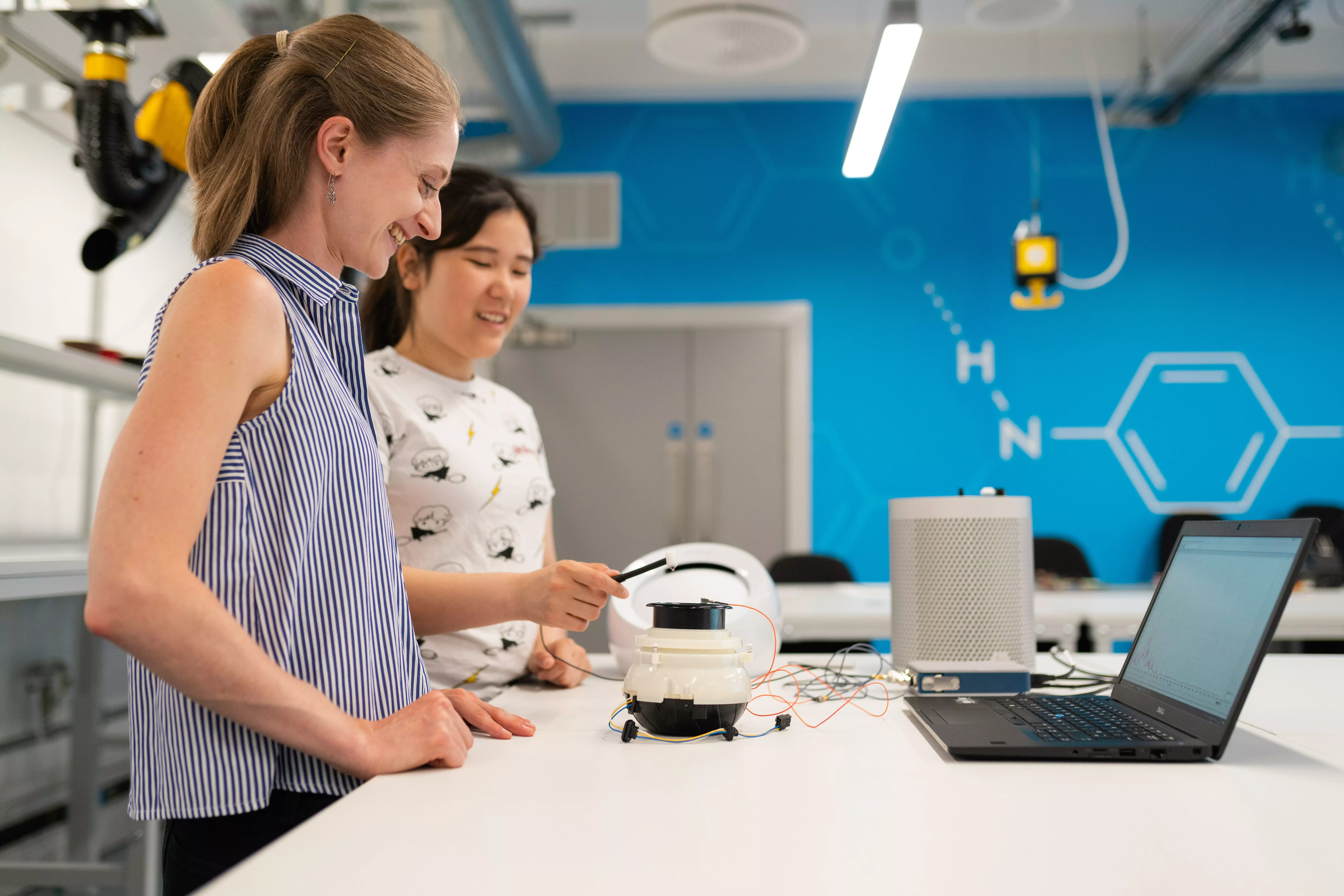Author: Louis Jimenez
The Australian R&D Tax Incentive and Regulatory Services
As we navigate through the global pandemic of COVID-19, Australian R&D Tax Incentives continue to be of significant relevance for companies exploring ways to support medical needs, develop new products, and repurpose manufacturing capabilities.
For those that may not be familiar with the program, Australia provides one of the highest, if not the highest cash incentive to companies that perform research in Australia – independent of stage or industry.
For companies with an aggregated turnover of less than $20 million Australian dollars on the year of submission, the R&D tax incentive provides 43.5% back to the company in cash at the end of the fiscal year (July in Australia) for all R&D related expenses performed in Australia. For companies making more than $20 million in revenue, Australia also provides an attractive Tax deferment incentive. For many years, companies have been able to leverage this incentive to run pre-clinical and clinical trials in Australia. With the current pandemic, we have been receiving more and more inquiries about the Australian R&D tax incentive program.
To get more insights, we talked with Dr. Pavel Reddy, Managing Director of Clearpoint Ventures, a firm that specializes in Australian R&D Claims, about the intricacies of the R&D Tax Incentive. Notwithstanding, it goes without saying that proper vetting of your specific circumstances with a qualified industry expert like Dr. Reddy is crucial to determine your eligibility.
We asked Dr. Reddy to answer some of the most common Frequently Asked Questions regarding the R&D Tax Incentive and here’s what he had to say:
Is the R&D Tax Incentive hard work?
Not really!
In my years of preparing, lodging, and defending R&D Tax claims, most (if not all), of the R&D Tax regulatory requirements are actually GENERAL business good practice, with a consequential spill-over into R&D Tax compliance. Examples are:
- Tracking time spent by company personnel on major company activities.
- Keeping records of all company activities (including R&D work).
- Executing contracts will all third-party Contractors/Consultants – to confirm IP ownership.
- Ensuring invoices (from external parties) are clearly described and possibly listed/itemised.
How or can intellectual efforts such as feasibility or regulatory pathway analysis be qualified as R&D for the rebate?
This is fairly straightforward for the company to confirm.
If the following is true, then the activity or activities (& associated costs) are potentially eligible:
- If the work undertaken by an Australian-based third-party is on behalf of an R&D claimant, AND that work has a direct, immediate, and relevant link to the experimental (R&D) activities being undertaken by the R&D claimant, then that work (& associated costs) is potentially eligible.
- The third-party work must also be undertaken for the dominant purpose of supporting the experimental work of the R&D claimant.
- Without this work, the R&D claimant will not be able to effectively/successfully progress with their R&D work.
How can companies leverage it while they repurpose efforts?
This is also fairly straightforward.
If a company is undertaking ANY activity (that is either within their usual scope of works, or re-purposing [moving in a new/different direction]), AND if that activity meets the following criteria, then that activity (& associated costs), could be eligible:
- identifying and confirming a genuine knowledge gap based on publicly available information
- resolving the unknown factors through a systematic series of experimental steps
- the outcome of which cannot be known or established in advance
- resulting in the generation of new knowledge (in the form of new or improved materials, products, devices, processes, or services).
How can Brandwood CKC’s costs be considered for R&D Tax Inventive?
Where Brandwood CKC has been contracted to provide expert technical advice to a R&D claimant, that work being carried out must be for the dominant purpose of progressing the experimental (core R&D) activities.
However, certain (supporting) activities may be excluded, and these broadly relate to legal work, registering of patents, and activities associated with complying with statutory requirements or standards.
Specific QA and RA work needs to be investigated to ascertain the nature and purpose of these activities, in order for their eligibility to be confirmed.
The Australian R&D Tax incentive can play a critical role in the development of solutions to medical needs and in the commercialisation strategy companies can take from around the world. However, it is essential that proper vetting of your circumstances must be undertaken by a qualified industry expert to determine your eligibility.
If you are considering this as an option for your firm, reach out to us to start a conversation.
We tailor our services to the requirements of your business and can help you implement plans that are best suited to your projects. Contact us








